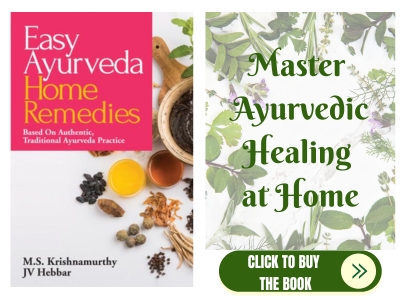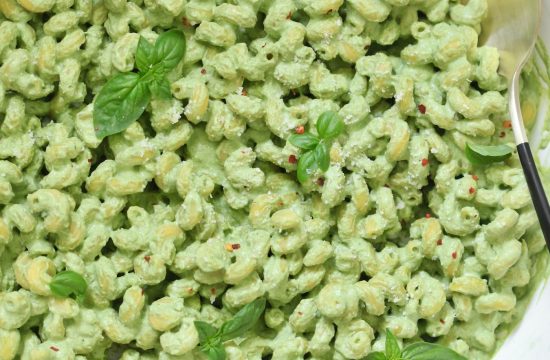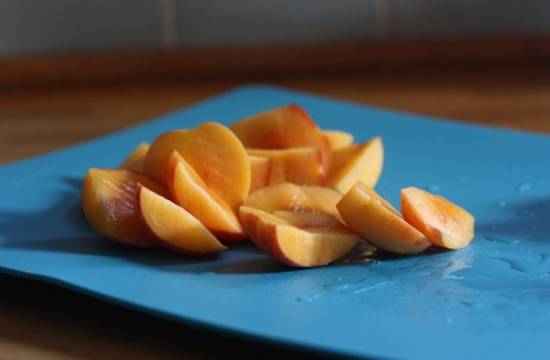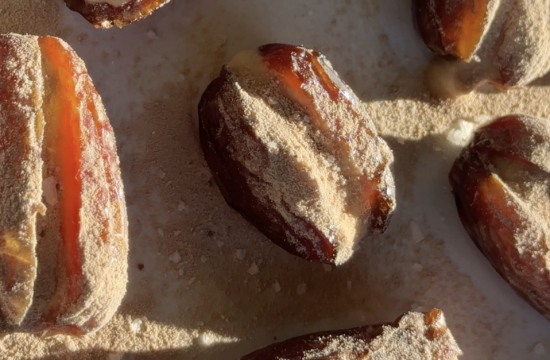The 21st chapter of Chikitsasthana of Sushruta Samhita is named as Śūkadoșa Cikitsitam Adhyaya. This chapter deals with Treatment of Diseases of Penis.
अथातःशूकदोषचिकित्सितंव्याख्यास्यामः।।१।।
यथोवाचभगवान्धन्वन्तरिः।।२।।
We will now expound Sūkadosa Chikitsa-treatment of diseases of the penis(due to poisonous insects);as revealed by the venerable Dhañvañtari.
Sarsapi
संलिख्यसर्षपीसम्यक्कषायैरवचूर्णयेत्।।
कषायेष्वेवतैलंचकुर्वीतव्रणरोपणम्।।३।।
Lekhana – it should be properly scraped with the help of a sharp instrument
Avachurnana – Later it should be dusted with powder of herbs having astringent taste
Taila – The oil prepared with herbs having an astringent taste should be prepared and applied for healing the wound.
Asthilika
अष्ठीलिकांजलौकोभिाहयेच्चपुनःपुनः।।
तथाचानुपशाम्यन्तींकफग्रन्थिवदुद्धरेत्।।४।।
Jalauka Avacharana – Leech application should be done often to remove the impure blood (bloodletting purpose)
Uddharet – The Ashtilika which are not subsiding should be cut and removed following the principles of removing kapha granthi i.e. cysts or tumours caused by predominant kapha aggravation.
Grathita
स्वेदयेद्ग्रथितंशश्वन्नाडीस्वेदेनबुद्धिमान्।।
सुखोष्णैरुपनाहैश्चसुस्निग्धैरुपनाहयेत्।।५।।
Swedana – Nadi Sweda method of sudation should be used to provide swedana to Grathita, every day.
Upanaha – After swedana, upanaha – poultices which are warm and unctuous should be applied.
Kumbhīkā
कुम्भीकांपाकमापन्नांभिन्द्याच्छुद्धांतुरोपयेत्।।
तैलेनत्रिफलालोधतिन्दुकानातकेनतु।।६।।
Chedana – Ripened Kumbhika should be cut open with a sharp instrument and cleansed thoroughly.
Ropana – Oil boiled and prepared with Triphala, Lodhra, Tinduka and Amrataka should be applied so as to heal the wounds.
Alaji
ग्राहयित्वाजलौकोभिरलजीसेचयेत्ततः।।
कषायैस्तेषुसिद्धंचतैलंरोपणमिष्यते।।७।।
Jalauka Avacharana – Bloodletting should be conducted over the Alaji using the leeches and the contaminated blood removed.
Sechana – Next, Alaji should be bathed with decoction prepared with astringent tasting herbs.
Ropana Taila – Oil boiled and prepared with the herbs mentioned above (in the context of Kumbhika i.e. Triphala etc) should be applied to facilitate healing.
Mrdita
बलातैलेनकोष्णेनमृदितंपरिषेचयेत्।।
मधुरैःसर्पिषास्निग्धैःसुखोष्णरुपनाहयेत्।।८।।
Parisecana – Bala Taila should be used to bathe Mrdita.
Upanaha – A poultice prepared with herbs of sweet taste added with ghee should be applied over Mrdita for fomentation.
Sammūdhapidaka
संमूढपिडकांक्षिप्रंजलौकोभिरुपाचरेत्।।
भित्त्वापर्यागतांचापिलेपयेत्क्षौद्रसर्पिषा।।९।।
Jalauka – Leeches should be quickly administered to Sammudhapidakas.
Bhedana – The ripe Pidakas should be cut open.
Lepa – Mixture of honey and ghee should be applied after cutting open the pidakas.
Avamantha
अवमन्थेगतेपाकंभिन्नेतैलंविधीयते।।
धवाश्र्वकर्णपत्तङ्गशल्लकीकृतम्।।१०।।
Bhedana – Ripened Avamantha should be cut open.
Taila – After cutting open, Avamantha should be applied with the oil cooked and prepared using the below mentioned herbs –
– Dhava,
– Asvakarna,
– Pattanga,
– Sallaki and
– Tinduka
Puşkarikā
क्रियांपुष्करिकायांतुशीतांसर्वांप्रयोजयेत्।।
जलौकोभिर्हरेच्चासृक्सर्पिषाचावसेचयेत्।।११।।
Shita Kriya – In Puskarika, all kinds of cold treatments should be done.
Jalauka Avacharana – Bloodletting should be done by leech application.
Avasecana – Later, the lesion should be bathed / anointed with ghee.
Sparsahāni
स्पर्शहान्यांहरेद्रक्तंप्रदिह्यान्मधुरैरपि।।
क्षीरेक्षुरससर्पिर्भिःसेचयेच्चसुशीतलैः।।१२।।
Raktamokshana – In sparsahani, at first, bloodletting should be done to remove impure blood.
Pradeha – Later, paste prepared using sweet tasting herbs should be applied warm on the lesion.
Seka – Following this, the lesion shall be bathed with milk, sugarcane juice and ghee mixed together. The mixture should be cold when used for bathing.
Uttamāpidaka
पिडकामुत्तमाख्यांचबडिशेनोद्धरेद्धिषक्।।
उद्धृत्यमधुसंयुक्तैःकषायैरवचूर्णयेत्।।१३।।
Badisa – An instrument called Badisa i.e. sharp hook should be used to remove Uttama Pidaka.
Avachurnana – After removal of the Uttama Pidaka, the area should be sprinkled with powder prepared from astringent tasting herbs mixed with honey.
Sataponaka
रसक्रियाविधातव्यालिखितेशतपोनके।।
पृथक्पण्यादिसिद्धंचदेयंतैलमनन्तरम्।।१४।।
Lekhana – Firstly, the surgeon should scrape the Sataponaka.
Rasakriya – i.e. thickened medicinal decoction shall be applied after scraping.
Taila – Later, oil prepared with Prthakparni etc herbs should be applied so as to facilitate healing.
Tvakpäka
क्रियांकुर्याद्भिषक्प्राज्ञस्त्वक्पाकस्यविसर्पवत्।।
Twakpaka should be treated by an intelligent physician on the lines and principles of treating Visarpa – herpes / erysipelas.
Sonitarbuda
रक्तविद्रधिवच्चापिक्रियाशोणितजेऽर्बुदे।।१५।।
कषायकल्कसपीषितैलंचूर्णरसक्रियाम्।।
शोधनंरोपणंचैववीक्ष्यवीक्ष्यावचारयेत्।।१६।।
हितंचसर्पिषःपानंपथ्यंचापिविरेचनम्।।
हितःशोणितमोक्षश्चयच्चापिलघुभोजनम।।१७।।
Raktavidradhi Chikitsa – Sonitarbuda shall be treated on the lines of treating abscess caused by aggravation / vitiation of blood aas explained in chapter 16.
After having considered the condition carefully, the below mentioned measures should be brought into use by the skilled surgeon / physician –
– Kashaya – decoctions
– Kalka – medicinal pastes
– Sarpi – medicated ghee
– Taila – medicated oil,
– Churna – medicinal powders,
– Rasakriya – thickened medicinal decoctions,
– Shodhana – purification / cleansing therapies
– Ropana – healing of wound
Below mentioned are considered as ideal treatments –
– Sarpi pana – drinking of medicated ghee
– Virechana – therapeutic purgation
– Shonita moksha / Raktamokshana – bloodletting
– Laghu bhojana – consumption of light foods (foods which are easy to digest)
अर्बुदंमांसपाकंचविद्रधिंतिलकालकम्।।
प्रत्याख्यायप्रकुर्वीतभिषक्सम्यक्प्रतिक्रियाम्।।१८।।
Incurability – Firstly, the physician / surgeon should inform about the incurability of the below mentioned conditions to the patient and his caretakers, take their consent and then commence treatment for the same –
– Arbuda,
– Mamsapaka,
– Vidradhi and
– Tilakalaka
इतिश्रीसुश्रुतसंहितायांचिकित्सास्थानेशूकरोगचिकित्सितंनामैकविंशोऽध्यायः।।२१।।
Thus ends the twenty-first chapter by name Sükaroga Chikitsa in Cikitsāsthāna of Susruta Samhita.














